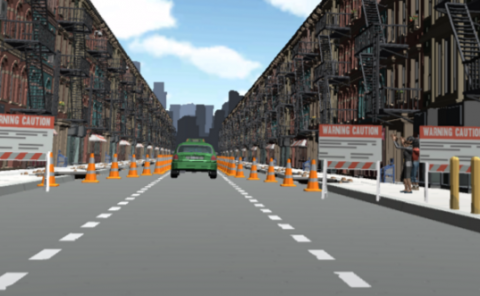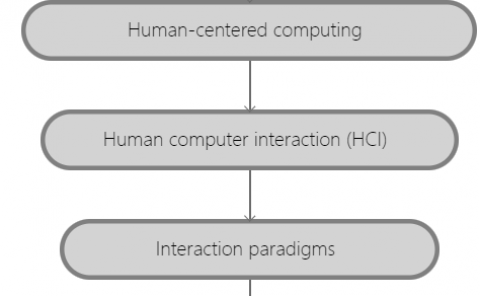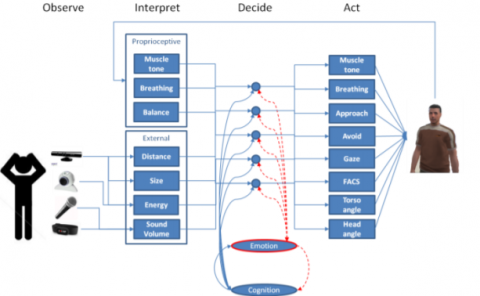Immersive Search: Using Virtual Reality to Examine How a Third Dimension Impacts the Searching Process
PubDate: July 2020
Teams: University of North Carolina at Chapel Hill
Writers: Austin R. Ward;Rob Capra

Abstract
In this paper, we present results from an exploratory study to investigate users’ behaviors and preferences for three different styles of search results presentation in a virtual reality (VR) head-mounted display (HMD). Prior work in 2D displays has suggested possible benefits of presenting information in ways that exploit users’ spatial cognition abilities. We designed a VR system that displays search results in three different spatial arrangements: a list of 8 results, a 4x5 grid, and a 2x10 arc. These spatial display conditions were designed to differ in terms of the number of results displayed per page (8 vs 20) and the amount of head movement required to scan the results (list < grid < arc). Thirty-six participants completed 6 search trials in each display condition (18 total). For each trial, the participant was presented with a display of search results and asked to find a given target result or to indicate that the target was not present. We collected data about users’ behaviors with and perceptions about the three display conditions using interaction data, questionnaires, and interviews. We explore the effects of display condition and target presence on behavioral measures (e.g., completion time, head movement, paging events, accuracy) and on users’ perceptions (e.g., workload, ease of use, comfort, confidence, difficulty, and lostness). Our results suggest that there was no difference in accuracy among the display conditions, but that users completed tasks more quickly using the arc. However, users also expressed lower preferences for the arc, instead preferring the list and grid displays. Our findings extend prior research on visual search into to the area of 3-dimensional result displays for interactive information retrieval in VR HMD environments.



